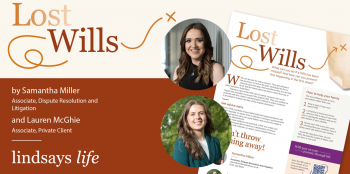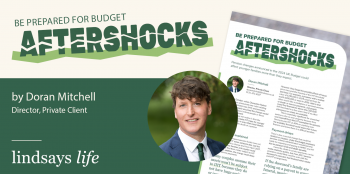Planning for retirement is more important than ever. Recent figures released by the Office of National Statistics show that we’re living longer; one of the consequences of this is that retirement might be the longest phase of a person’s life.
However, the Government has brought in legislation which is phasing-in increases to the State Pension age (that is, the age at which you are eligible to start receiving your State Pension). Ultimately the State Pension age will be 68.
Still, there is good news too. Other changes brought in with the recent pension reforms mean that retirees with defined contribution pension schemes now have much greater freedom, choice and more tax efficient options when accessing their pension savings.
Firstly, make sure you understand what you will have in retirement by looking at your assets and likely income. Sources of income might include savings, investments, business assets, the State Pension and a personal pension.
Secondly, once you have established your financial position in retirement, you should ensure you are making the most of the reliefs available. For example, there is tax relief on pension contributions which is granted at your highest marginal rate, up to a set annual limit and any unused relief from previous years can be carried forward three years. Pension funds also grow free of capital gains tax.
There is a maximum value that you can hold in your own pension without incurring extra tax charges in retirement; this is known as the lifetime allowance. In April’s Budget, the Chancellor announced a further reduction to the lifetime allowance which will take effect from the start of the 2016/2017 tax year. It is wise to assess the value of your fund and take action if necessary to avoid incurring charges.
A carefully planned strategy creates an income from a combination of your pension fund and investments. This maximises tax efficiency and ensures that your money lasts as long as you do. There is no limit on withdrawals from either source. Your income plan should run alongside an actively managed investment strategy which takes account of your attitude to risk and your core requirements. It is likely that your requirements and objectives will change over time so should be reviewed regularly.
Following the pensions reforms there are more options available than ever and this has removed the compulsion to buy an annuity. It also means that you can use your pension fund to benefit your named beneficiaries, whoever they may be. In the event of your death, they may wish to take the value of the fund as a lump sum, or they may wish to leave the fund invested and draw an income from it. Depending on the age at which the plan holder dies, the funds may pass on to the beneficiaries without any tax to pay. This includes inheritance tax, making pension funds very attractive indeed.
Our experts will be able to help you to take what you have, and advise you how to ensure it meets your goals in retirement.





















